A Comprehensive Guide to Selecting Dry Mortar Mixing Machine & Tile Adhesive Mixing Machine
 2025-09-19
2025-09-19
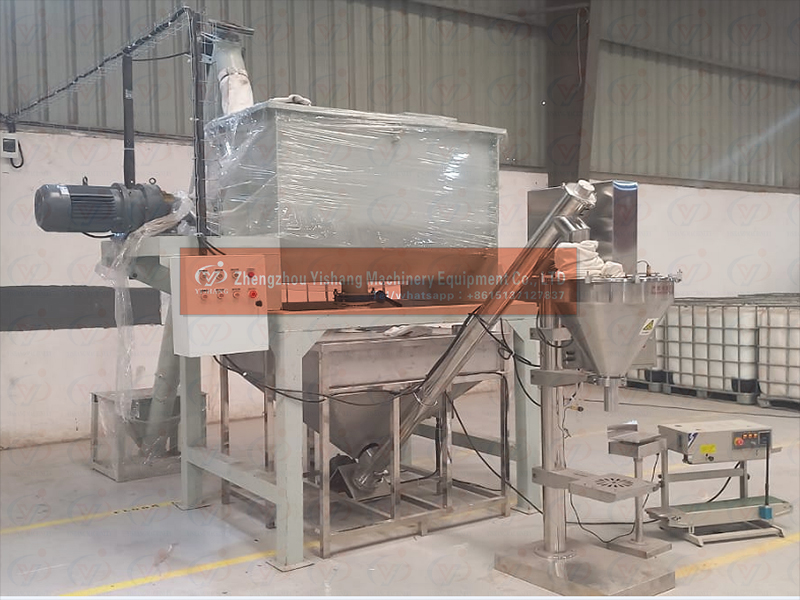
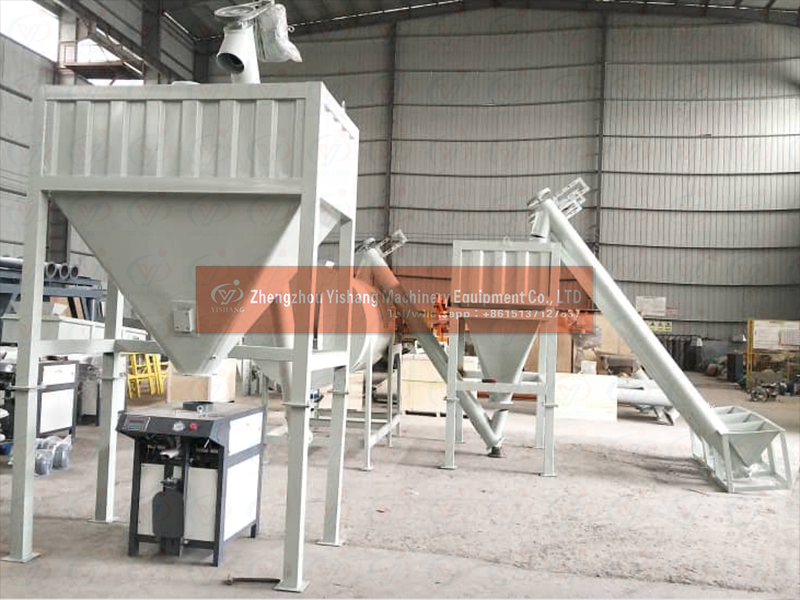
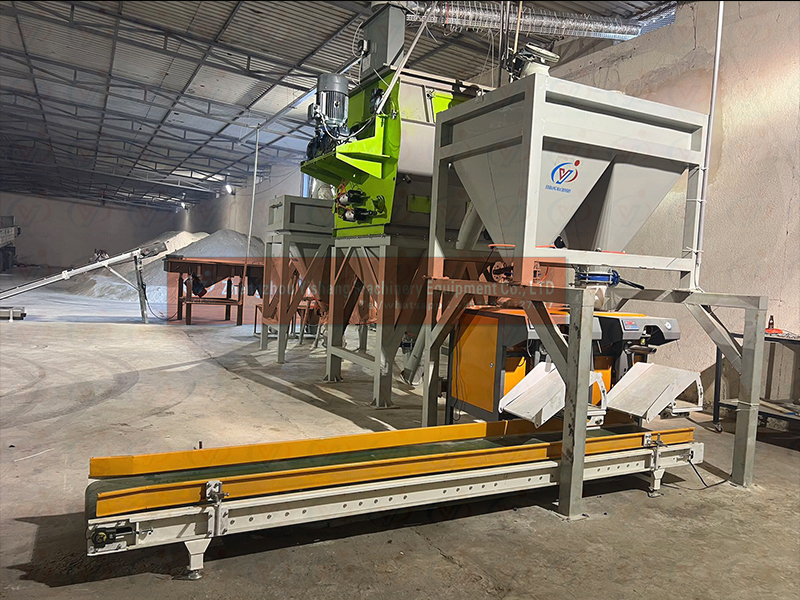

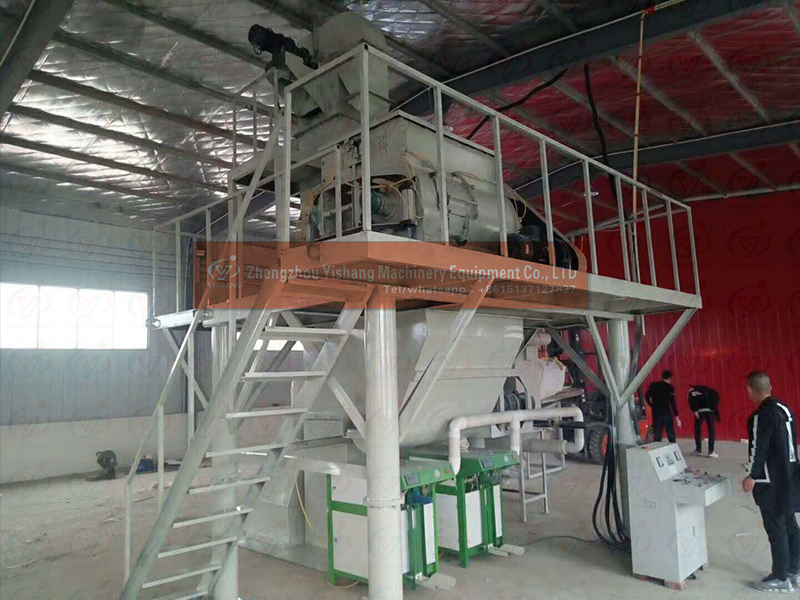
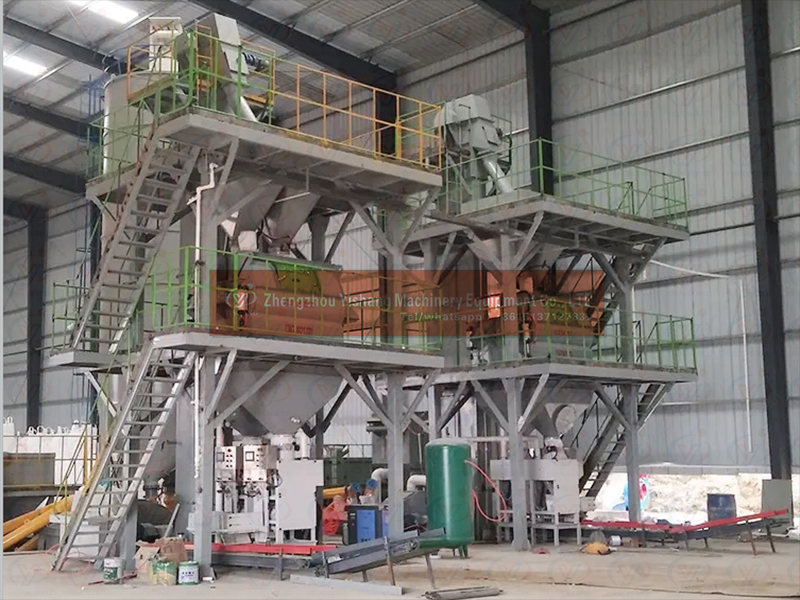
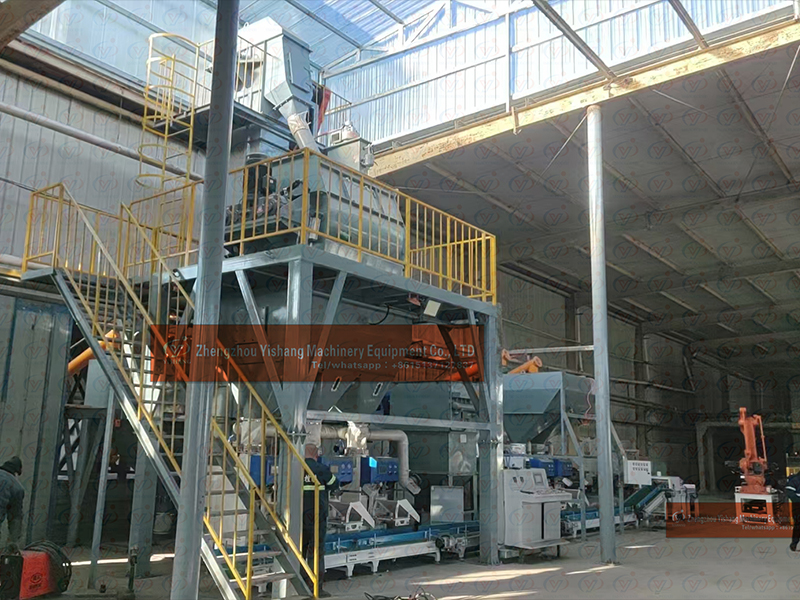
Choosing the right Dry mortar mixing machine & tile adhesive mixing machine is a critical decision for any construction chemical manufacturer or contractor. The correct equipment ensures product consistency, batch efficiency, and ultimately, the performance of your mortars and adhesives on the job site. This guide will walk you through the key factors to consider when selecting a machine for both general dry mortar and more specialized tile adhesive production.
The nature of your end product is the primary driver for your equipment choice.
For General Dry Mortar: This includes products like masonry mortar, plaster, renders, screeds, and grouts. These mixes often have less stringent requirements for homogeneity and gentile mixing. Horizontal Ribbon Mixers are the most common and cost-effective solution.
For Tile Adhesives (Ceramic Tile Adhesives - CTA): These are advanced, precision formulations. They often contain:
Polymers (Redispersible Polymer Powder - RDP): These require a very gentle, low-shear mixing action to avoid damaging the polymer particles and compromising their film-forming ability.
Cellulose Ethers: These organic additives demand a dust-tight system to prevent lumping and ensure perfect dispersion.
Lightweight Fillers (e.g., Perlite): These fragile materials can be easily crushed by aggressive mixing, altering the product's density and performance.
For these sensitive products, High-Speed Ploughshare Mixers are the industry standard.
Principle: A horizontal trough with a central shaft equipped with inner and outer helical ribbons (or paddles). The ribbons move material in opposite directions to create a convective and shear mixing action.
Best For: Standard dry mortars, plasters, cement-based renders, grouts.
Advantages:
Cost-effective for large capacities.
Good mixing efficiency for standard recipes.
Relatively simple design and easy maintenance.
Disadvantages:
Not suitable for very delicate materials (can damage polymers and fillers).
Longer mixing cycles compared to high-speed mixers.
Dead zones can occur if not properly designed, leading to unmixed material.
Principle: A horizontal cylindrical bowl with a rotating shaft equipped with specially shaped "ploughshare" tools. These tools lift and tumble the material, while a high-speed chopper (positioned on the side wall) actively breaks down agglomerates and ensures ultra-homogeneous dispersion.
Best For: High-quality tile adhesives, waterproofing slurries, ETICS adhesives, gypsum-based finishing plasters, and any mix containing sensitive additives.
Advantages:
Excellent mixing homogeneity in a very short cycle time (typically 3-8 minutes).
Gentle yet intensive mixing action, perfect for RDP and cellulose ether.
Highly efficient liquid addition (e.g., pigments) via the chopper.
Virtually no dead zones.
Disadvantages:
Higher initial investment cost.
More complex mechanics and higher energy consumption.
Principle: A vertical stationary tank with a central screw that lifts material from the bottom to the top for gravity-based blending.
Best For: Small-batch, on-site production or very small operations with minimal quality requirements. Not recommended for professional manufacturing.
Advantages: Low cost, simple, portable.
Disadvantages: Very poor mixing quality, long cycle times, unable to properly disperse additives, high risk of segregation.
Batch Capacity vs. Continuous Production:
Batch Mixers: (Ribbon, Ploughshare) are the norm for producing different recipes with precise quality control. You choose a size based on your required output (e.g., 2,000L, 5,000L).
Continuous Mixers: Used for extremely high-volume production of a single, consistent product (e.g., standard mortar). Less common for advanced mixes.
Mixing Efficiency & Cycle Time:
Evaluate how long it takes to achieve a perfectly homogeneous mix. Ploughshare mixers are significantly faster than ribbon mixers for complex recipes.
Dust-Tight Construction:
This is non-negotiable for handling cement, lime, and especially lightweight additives. Look for robust seals, well-designed inlet hatches, and a well-engineered discharge valve to prevent material loss, ensure worker safety, and protect sensitive additives from moisture.
Discharge System:
Full Discharge: The mixer should discharge over 99.9% of its batch quickly and cleanly. A large butterfly valve or a slide gate valve is standard. Avoid designs that retain material.
Liquid Addition System:
For tile adhesives, the ability to accurately add small amounts of liquids (e.g., defoamers) is crucial. Ploughshare mixers with a liquid spray bar and the high-speed chopper excel at this.
Construction Quality & Power:
The shaft, bearings, and mixing tools must be robust to handle abrasive materials. Look for hard-faced welding or wear plates on vulnerable areas. Ensure the motor has sufficient power to handle a full load without straining.
Automation Level:
Basic: Manual control of weighing and mixing.
Intermediate: Programmable Logic Controller (PLC) with a touchscreen HMI for storing recipes, automating weighing sequences, and controlling mixing times.
Advanced: Fully automated batching plants with robotic bag placers/palletizers and integrated packaging lines.
For contractors or small producers focusing on basic mortars and renders, a well-built Horizontal Ribbon Mixer offers the best value.
For manufacturers aiming to produce high-performance, market-competitive products like Tile Adhesives, Waterproofing Slurries, or High-Quality Finishing Plasters, investing in a High-Speed Ploughshare Mixer is essential. The superior product quality, reduced mixing time, and efficiency with expensive additives provide a rapid return on investment.

Whatsapp:++8615137127837
WechatID:+8615137127837
Email:[email protected]
Alibaba Store:
https://zzyishang.en.alibaba.com